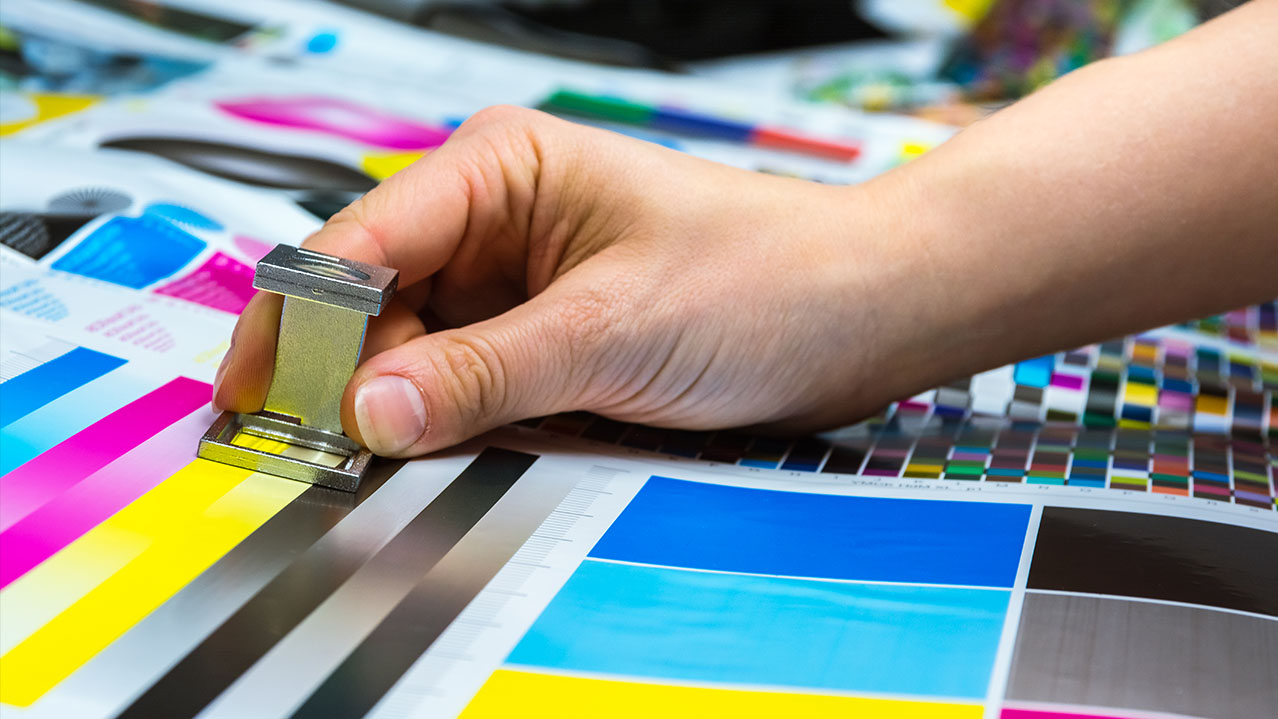All You Should Know About litho printing
All You Should Know About litho printing
Blog Article
A Comprehensive Guide to Recognizing Litho Printing Techniques
The world of litho printing, a method stemming from the late 18th century, is a fascinating mix of background, development, art and scientific research. Remain with us as we journey into the captivating realm of litho printing.
The Historic Evolution of Litho Printing
The historical trajectory of litho printing, a critical technology in the world of interaction, is a captivating tale of human ingenuity. Birthed in the late 18th century by Alois Senefelder, this technique was originally an affordable method of releasing staged works. Lithography, acquired from the Greek words for 'rock' and 'to create', used a smooth rock surface area to move images onto paper. The procedure advanced with the introduction of the rotary press, which substantially enhanced efficiency (litho printing). In the 20th century, the technology of balanced out lithography transformed the market, permitting automation of top notch prints. Each phase of litho printing's development showcases mankind's ruthless pursuit of effectiveness and quality in aesthetic communication.
Deciphering the Scientific Research Behind Litho Printing Inks
Moving on in the exploration of litho printing strategies, the emphasis now moves to the scientific research behind litho printing inks. The structure of these inks, their drying procedure, and color mixing techniques develop the foundation of this intricate art kind. Recognizing these elements is critical to understanding the craft and attaining the desired print results.
Make-up of Litho Inks
In lithographic printing, the fundamental role of litho inks can not be overemphasized. Pigments, the color-providing elements, are finely ground fragments put on hold in the automobile, a fluid that brings the pigment onto the printing surface area. Each element plays an important component in the last print's top quality, making the accurate solution of litho inks a complex scientific research.
Ink Drying Refine
From the composition of litho inks, focus transforms to the interesting procedure of ink drying out. Two key methods are used in litho printing: oxidative drying and absorption. Absorption, on the various other hand, involves the ink leaking into the paper fibers, which is a faster process yet can lead to less vibrant colors.
Color Combining Strategies
While the drying out process plays a key role in litho printing, the science of color mixing methods holds equivalent importance. This is a complicated procedure that entails the cautious blending of main colors: cyan, magenta, and yellow, in varying proportions to achieve a wide range of tones. The addition of black ink, referred to as 'crucial', aids in regulating the strength and deepness of the shades. The science behind litho printing inks likewise takes into account the openness of the ink, which affects just how shades overlay and mix. To accomplish a reliable color mix, print specialists need to additionally understand the complexities of ink habits, color concept, and the physical buildings of the substrate on which the ink is used.
The Art and Layout Aspects in Litho Printing
Litho printing breathes life into art and style via its distinct components. Litho printing accommodates a selection of colors, making it possible for musicians to create dynamic and vibrant prints. This mix of precision and versatility makes litho printing a preferred option for lots of musicians and developers.
Modern Applications of Litho Printing Strategies
Litho printing techniques have discovered considerable use in the modern commercial sector. Its influence and value remain to expand with the development of brand-new innovations and technologies in the field. Visit Website This area will check out these modern applications and the transformative role they play in the printing industry.
Commercial Litho Printing Utilizes
Litho printing remains a crucial part of the business industry. High-volume printing jobs, such as the manufacturing of books, newspapers, and packaging, depend on litho printing for its ability to provide premium photo high quality and cost performance. Litho printing additionally gives a broad color spectrum, exceptional to that of digital printing.
Advancements in Litho Printing
Pressing the limits of standard strategies, contemporary improvements have fueled a host of advancements in litho printing. These advancements have not only enhanced the high quality and performance check of litho prints yet also expanded its application scope. One prominent growth is digital litho printing, which integrates the merits of digital innovation with litho's top notch outcome. This crossbreed model uses faster setup times, decreased waste, and allows on-demand printing. Another remarkable improvement is the introduction of ecologically pleasant inks. These inks, made from vegetable or soy-based services, have substantially minimized the industry's ecological effect. litho printing. In addition, the development of innovative plate technology has structured the printing process, leading to sharper pictures and enhanced shade fidelity. These advancements underscore the enduring relevance of litho printing in the modern world.
Discovering the Process of Litho Printing: Detailed

Obstacles and Solutions in Contemporary Litho Printing

In spite of the precision and tradition that litho printing proudly promotes, it is not without its set of modern challenges. Digital litho printing allows for cost-effective brief runs and easy personalization, attending to the problem of variable data. Therefore, while there are obstacles, the litho printing sector is proactively adjusting to satisfy them head-on, ensuring its relevance in the future.
Final thought
In conclusion, litho printing, with its abundant history and clinical details, holds a significant area in the print market. As the overview discloses, it's a synthesis of art and innovation, with modern-day innovations guaranteeing its relevance. The industry faces difficulties that need cutting-edge options, with an emphasis on automation and sustainability. The future of litho printing pivots on its capacity to adapt to these transforming demands, attesting its long-lasting value in an advancing market.

Report this page